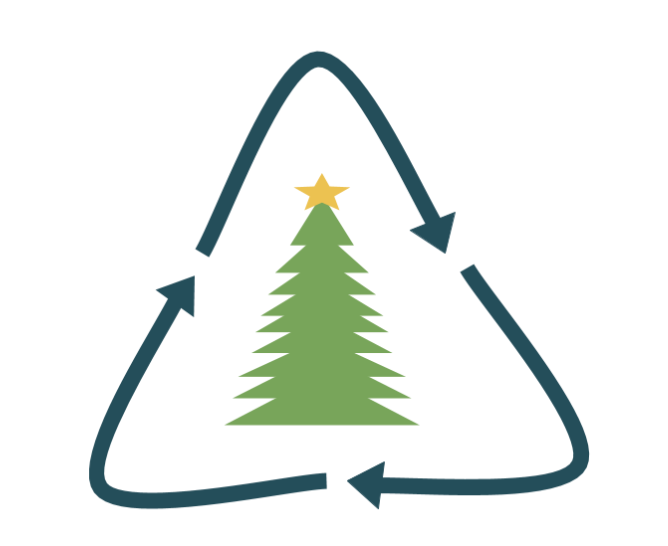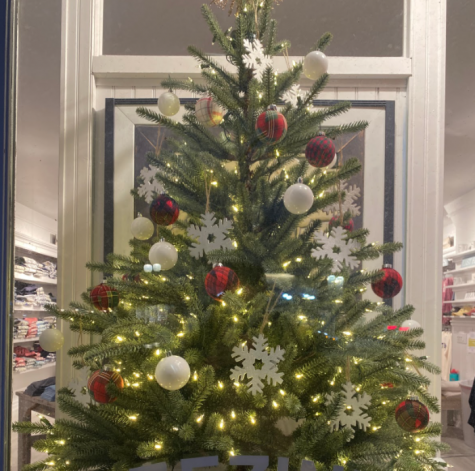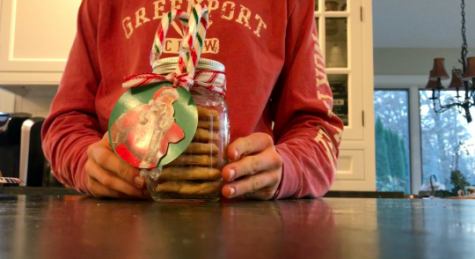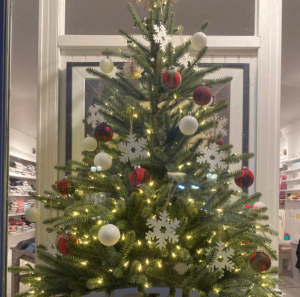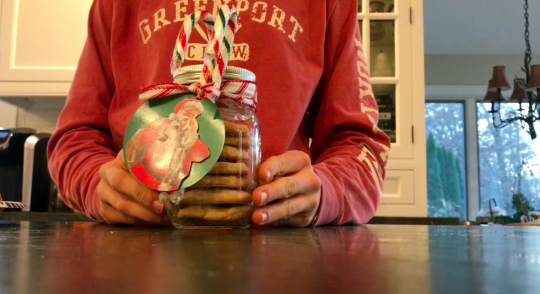Ditch wasteful consumption, embrace sustainability this holiday season
Many holiday practices, such as using wrapping paper or ordering presents online, are bad for the environment. This holiday season, we can avoid these unnecessarily wasteful practices by seeking friendly alternatives.
Picture this: It’s Christmas day and everybody unwraps their gifts, throwing the wrapping paper aside to reveal what’s inside. Kids play with their new toys, adults sip on steaming hot coffee, and everybody enjoys the day.
Now look at the flipside. That wrapping paper you threw aside? It now occupies landfills and pollutes the ocean with plastic. As for your last-minute present bought off Amazon: the (potentially international) shipping released loads of pollutants into the air as the package bounced between various vehicles.
What’s even worse is that we aren’t aware of how big of an impact our choices can make on the environment. Clearly, it’s time to rid ourselves of unnecessarily wasteful holiday practices and prioritize eco-friendly choices.
One of the most ubiquitous — and also easily avoidable — holiday traditions is that sparkly, colorful, store-bought wrapping paper that we put our gifts in
One of the most ubiquitous — and also easily avoidable — holiday traditions is that sparkly, colorful, store-bought wrapping paper that we put our gifts in. Wrapping paper, due to the plastic it contains, is not recyclable. This results in about 2.3 million pounds of wrapping paper being sent to landfills every year. This waste is completely unnecessary, and there are loads of other alternate gift-wrapping options.
The NYS Department of Environmental Conservation suggests wrapping with reusable cloth, such as a colorful scarf, to avoid traditional wrapping paper. Some other options include newspaper, brown paper bags or reusable baskets.
Switching up your wrapping paper, however, isn’t the only way to make your holidays more green. We can also choose to buy from local shops. This, in addition to reducing emissions from shipping, helps to support businesses that are likely struggling due to the pandemic.
You could even consider giving people used items – vintage clothes and accessories are in fashion with teenagers, and an old book with original cover art is sure to be appreciated if you have an avid reader in the family. Oftentimes, gifts like these, ones with a little more thought put into them, are appreciated far more than a more glamorous and impersonal option.
Another option is to give a homemade present. Edible gifts like cakes, decorated cookies or homemade jams are good options for someone with a sweet tooth. If you’re an artist, painting a design into a piece of clothing or an accessory is a great way to personalize your gift.
Ultimately, it’s clear that many of our wasteful holiday practices can be easily avoided with a little bit of consideration. You don’t have to go all-out or make a tremendous effort – rather, it’s small changes that will make a long-term difference. Hopefully this year, we can choose to honor the holiday spirit by showing some empathy to the earth through our choices in celebration.

Creative Director, Maya Hruskar ’23, has had a passion for journalism since her freshman year. Not liking her traditional English class very much, Hruskar...












































